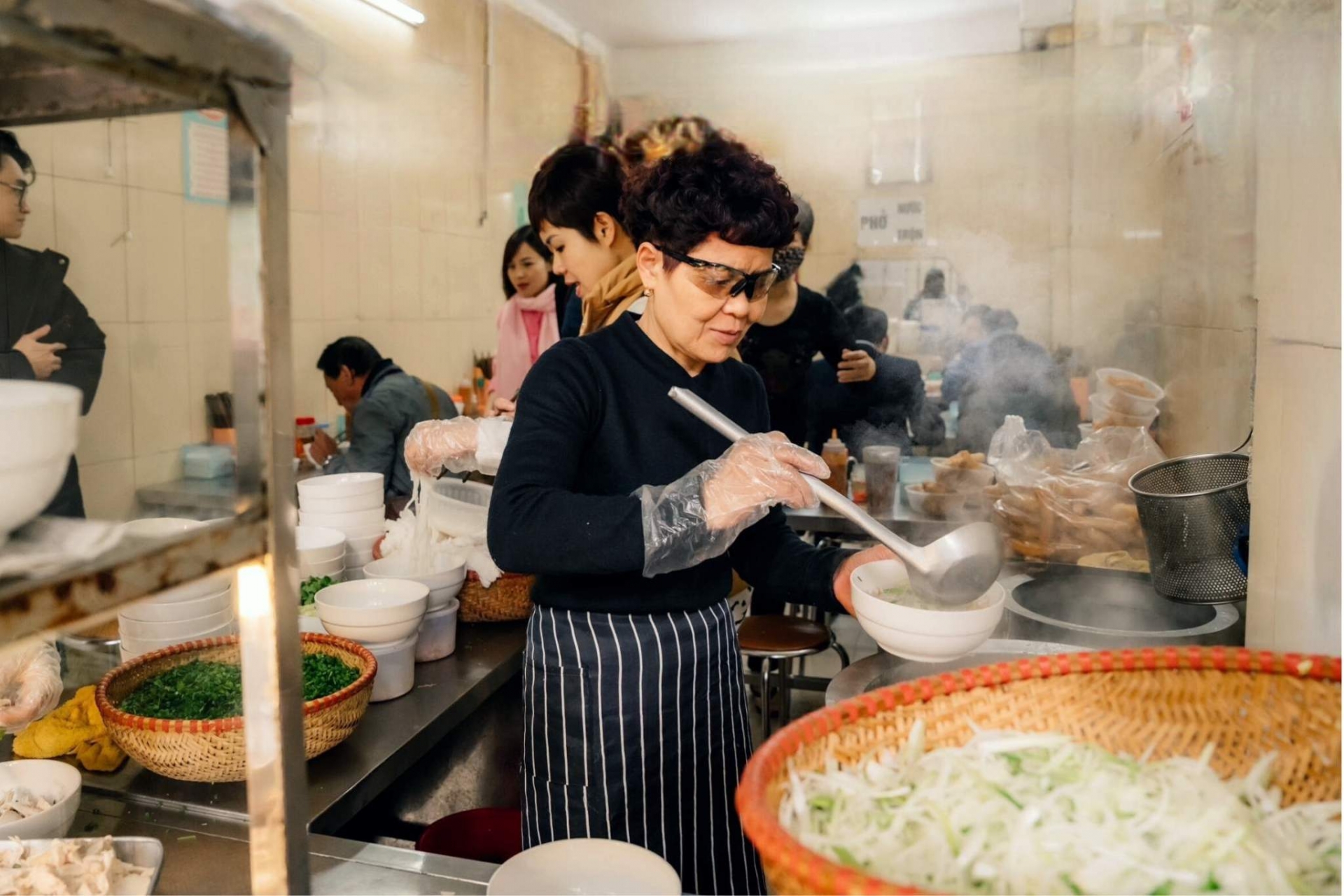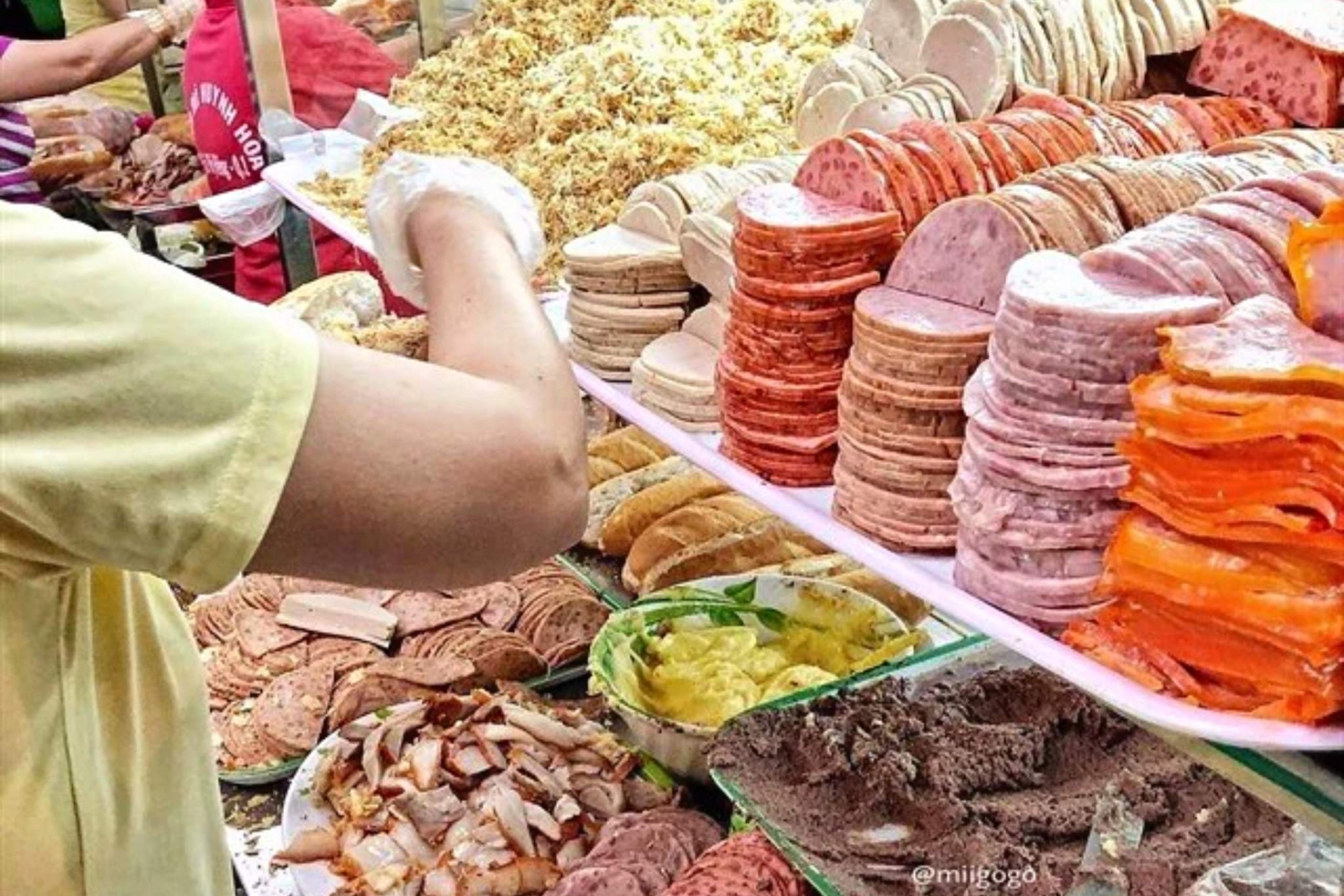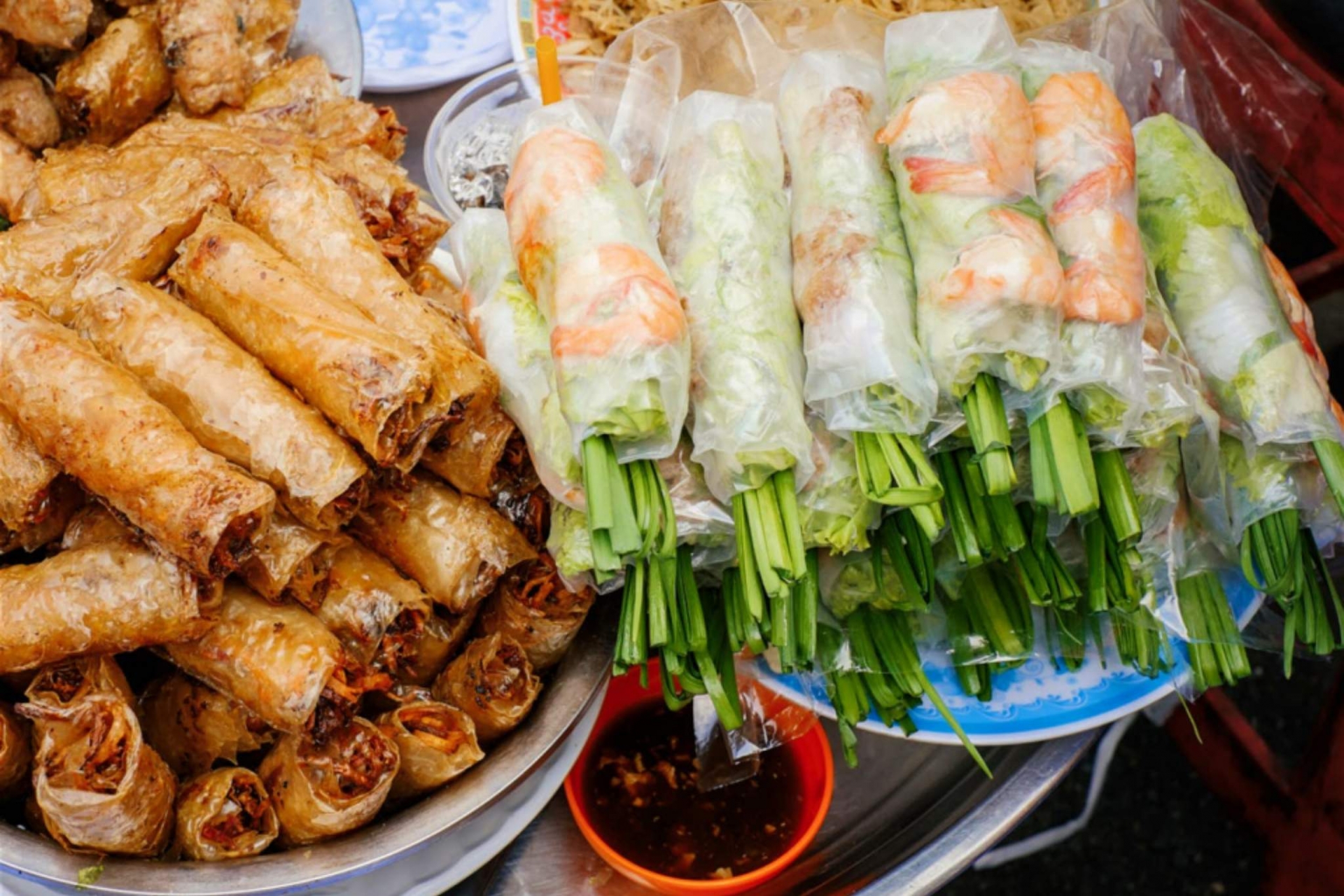The Enchanting Symphony of Pho
Our tale begins in the heart of Hanoi, where morning mists rise and reveal the mesmerizing world of Pho. Picture yourself in a bustling market, where the fragrant aroma of simmering broth beckons you to its source. This is Pho, Vietnam's soul-warming noodle soup.
The secret to its allure lies in the artistry of the broth. It simmers for hours, allowing bones, spices, and herbs to perform a harmonious culinary ballet. Pho, with its silky rice noodles and tender slices of beef or chicken, is a comfort food like no other. But it's not merely a dish; it's a ritual. As you sit at a tiny plastic table, a generous bowl is placed before you, inviting you to personalize it with bean sprouts, fresh herbs, lime, and a hint of chili. This ritual transcends taste – it's an immersion into Vietnam's heart and soul.

Banh Mi's Remarkable Journey
Now, let us venture south to the vibrant streets of Saigon. Amid the lively chaos of this city, Banh Mi claims its place as a culinary gem, revealing the fusion of French and Vietnamese influences. Picture a French baguette, crisp and airy, filled with a mosaic of flavors – grilled pork, chicken, or even tofu. But the real magic happens with the accompaniments: fresh cilantro, pickled carrots, daikon, and a dash of spicy chili sauce.
The Banh Mi is a sandwich, yes, but one that tells a captivating story. It first emerged during the French colonial era, a simple creation favored by the upper echelons. Yet, as time unfolded, the Banh Mi evolved. It embraced its Vietnamese identity, adding layers of complexity with each new ingredient. As you savor a Banh Mi, you're tasting history, a testament to a culture in transition and a fusion of culinary worlds.

The Mystique of Spring Rolls
Our journey takes a new twist as we delve into the enchanting world of Spring Rolls. Imagine the fresh and the fried, delicate parcels that embody both simplicity and delight. The Goi Cuon, or fresh spring roll, is a translucent rice paper masterpiece filled with a symphony of herbs, shrimp, pork, and vermicelli noodles. Dip it into the sweet embrace of peanut or hoisin sauce, and you're transported to a world of crisp, vibrant flavors.
Then there's the Cha Gio, the fried spring roll, boasting a crunchy exterior that cradles a savory interior of ground pork, mushrooms, and more. It's the contrast between the crispy shell and the succulent filling that tells a tale of balance and sophistication. These spring rolls, both fresh and fried, are more than food; they're an exploration of Vietnam's culinary heritage.

As our story comes to a close, remember that Vietnam's culinary treasures are more than just dishes. They are the embodiment of a nation's history, traditions, and creativity. They are the flavors that leave an indelible mark on your taste buds, the aromas that linger in your memory, and the stories that you take with you. So, next time you're in Vietnam, don't just eat; embark on a culinary odyssey through Pho, Banh Mi, and Spring Rolls – and let their stories come alive on your palate.
